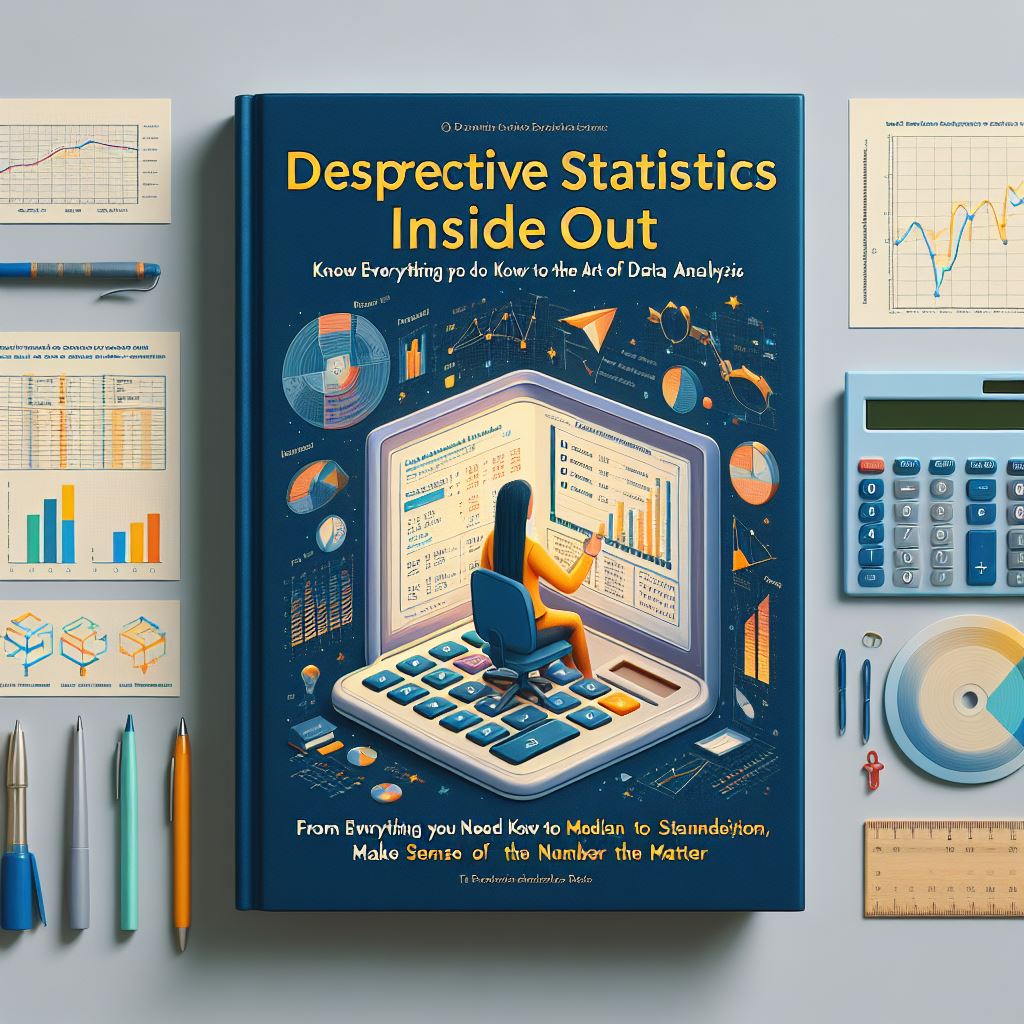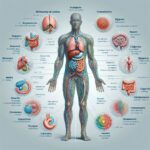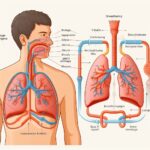The World of Descriptive Statistics : A Comprehensive Guide
Navigating Data Insights with Precision and Clarity
Descriptive statistics form the bedrock of data analysis, providing a clear and concise summary of the essential features within a dataset. Whether you’re delving into research, business analytics, or academic studies, understanding the ins and outs of descriptive statistics is crucial. Join us on a comprehensive guide to unravel the intricacies of this powerful analytical tool.

1. Understanding the Basics: The Foundation of Analysis
Descriptive statistics involve the exploration, summary, and presentation of data in a meaningful way. Begin by grasping the basic concepts such as measures of central tendency (mean, median, mode) and measures of dispersion (range, variance, standard deviation).
2. Explore Measures of Central Tendency: Finding the Center
- Mean (Average): Calculated by summing up all values and dividing by the number of data points. It provides a balance point for the dataset.
- Median (Middle Value): The middle value when data is arranged in ascending or descending order. It is less sensitive to extreme values than the mean.
- Mode (Most Common Value): The value that appears most frequently in the dataset. A distribution can be unimodal, bimodal, or multimodal.
3. Delve into Measures of Dispersion: Understanding Spread
- Range: The difference between the maximum and minimum values in a dataset. It provides a simple measure of the spread of data.
- Variance: A measure of how far each data point in the set is from the mean. Squaring the deviations from the mean and averaging them provides variance.
- Standard Deviation: The square root of the variance. It offers a more interpretable measure of the spread, with a smaller standard deviation indicating less variability.
4. Embrace Frequency Distributions: Organizing Data
Constructing a frequency distribution involves grouping data into intervals and recording the number of observations in each interval. This method provides a clearer picture of data patterns, especially in large datasets.
5. Visual Representation: The Power of Graphs
Enhance your understanding of data by incorporating visual aids. Histograms, box plots, and pie charts are effective tools to represent the distribution, central tendency, and spread of data in a visually compelling manner.
6. Percentiles and Quartiles: Analyzing Position
Percentiles represent the relative standing of a particular value within a dataset. Quartiles divide the data into four equal parts, providing insights into the spread and distribution.
7. Skewness and Kurtosis: Assessing Symmetry
- Skewness: Indicates the degree and direction of asymmetry in a distribution. A skewness of 0 suggests a symmetrical distribution.
- Kurtosis: Measures the “tailedness” of a distribution. It assesses whether the data are heavy-tailed or light-tailed compared to a normal distribution.
8. Practical Application: Real-world Insights
Apply descriptive statistics in practical scenarios to draw meaningful conclusions. Whether analyzing sales data, survey results, or scientific measurements, the insights gained from descriptive statistics contribute to informed decision-making.
9. Common Pitfalls: Avoiding Analytical Traps
Be mindful of common pitfalls such as misinterpreting measures of central tendency, neglecting outliers, or misrepresenting data through inappropriate visualizations. Awareness of these pitfalls ensures the accuracy of your analyses.
10. Continuous Learning: Evolving with Data
Descriptive statistics continually evolve alongside advancements in data analysis. Stay informed about emerging techniques, tools, and best practices to enhance your analytical skills and adapt to the dynamic landscape of data science.
Conclusion: Mastering the Language of Data
In conclusion, descriptive statistics serve as the language through which data speaks. By mastering the fundamental concepts, embracing visual representations, and applying these techniques in real-world scenarios, you gain the ability to unravel the intricacies of any dataset. Whether you’re a seasoned analyst or a budding data enthusiast, the journey into the world of descriptive statistics promises a deeper understanding of data insights with precision and clarity.


